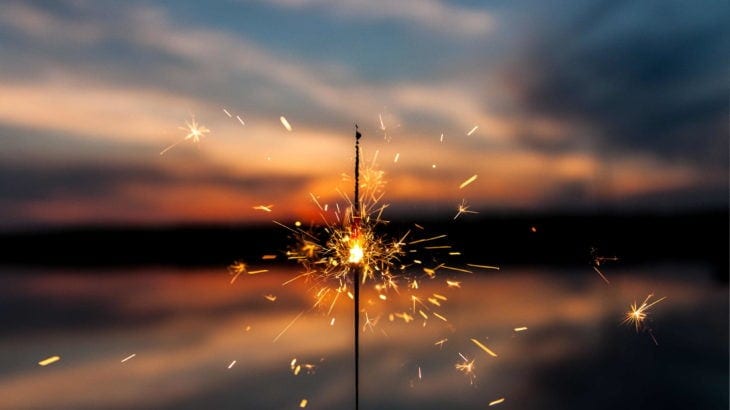We are people of hope
Muhammed Yunus is a Nobel prize winner for Economics. On receiving his award he said, “You can only build what you can imagine.” This belief has driven his work which is focused on the eradication of poverty. Yunus simply imagines a world where poverty no longer exists.
His simple statement explains what being hopeful looks like in practice. It begins with thinking about and imagining what needs to be different. For Yunus this is the ending of poverty. What is it for you? What is it for us?
It could be imagining a world where no-one is excluded or disadvantaged.
Or imagining a community characterised by joy and peace and full employment.
Or a society where everyone looks out for one another and no one feels lost or without love.
It’s thinking of all the things that aren’t as they can be yet.
It’s thinking of all the things we long to see.
Whatever it is, we will need to look beyond our current horizon; we’ll need to think outside the box; we’ll need to stretch our thinking and shift or change our perspective.
Doing all this thinking and all this imagining is step one of the Habit of being hopeful.
And step two? Step two of being hopeful refers to all the choices, the decisions, and the actions we make, take and do to turn our thinking and our imagining into reality. It’s turning the dream into the movement.
Step two is the hard work beyond the thinking.
It’s the graft.
The sweat.
The commitment.
And people who take these steps, these hopeful people are magnetic. They draw others towards a different and better future – for themselves and others around them. They point people to what is beyond the horizon; to what they have not thought possible before.
In Oasis we believe in hope.
We are people of hope.
We practice hope.
We carry hope.
We have a deep sense of hope.
Hope that things can change and be transformed.
We do step one. And step two.
We think it.
We ‘be’ it.
And we build what we can imagine.
